T.E.C. 3001 from Phoenix Game Studios debuted this past week as part of the Indie Games Summer Uprising event on the Xbox 360. The premise is quite simple. You must guide a sprinting robot from start to finish of every level while collecting a minimum number of batteries scattered around. You must do this while avoiding colliding with any structures or plummeting to your death. The high level of difficulty combined with a complete absence of story make this game feel very much like an arcade machine from days gone by.
I haven’t played a game with this much of a sense of speed since F-Zero GX on the Nintendo Gamecube. As soon as a level starts you’re immediately running forward in a 3rd-person view behind the robot. There’s no way to manually slow yourself down or turn around. Often you’re left with making split-second decisions on which path to take when the road suddenly forks or an insurmountable wall comes up. At times you’ll be going so fast you feel like you’re hanging on for dear life waiting desperately for that next checkpoint to appear so you won’t have to repeat a harrowing section over again. There are the occasional speed up and speed down areas that you can run over to adjust your speed, but it’s up to you to figure out when you need to use them and to make sure you react quickly enough to handle the change.
Ironically the speed of the game is both its greatest strength and biggest flaw. While it’s exhilarating to eke through a long jump or narrowly avoid a collision with a wall, it can also be frustratingly difficult at times. While the game often makes it seem like you have the choice of taking one path over another or that the speed up or speed down pads are optional, at times that choice is just an illusion. It’s only through trial and error that you see that you should’ve made one decision over another, i.e. you needed that spped boost to be able to jump a particularly long gap. Mind you this is not very often the case and instead the game is usually very open and non-linear, but not always. I don’t mind a little challenge in my games and I don’t think anyone should expect to complete each level successfully during their first run of it.
I absolutely loved the mechanics of moving in the game. Aside from running, most often you’ll be using either a standard jump or double-jump. There’s also a slide that forces the robot very nearly horizontal with the ground to slip under walls that have gaps underneath. I was reminded a bit of the slide mechanic in Vanquish. There’s also a dash move that can be used to break through glass panels or in combination with your double-jump for crossing large pits. It’s really a thrill to link a series of these actions together such as sliding under a wall only to immediately have to double-jump over another. The robot animates fairly well and I liked that landing on a lower platform will cause the character to land in a roll which can affect your recovery time before being able to jump again. Other mechanics open up later in the game, but I’d rather not spoil any surprises here.
The experience of playing the game also includes a Tron-like visual landscape complete with dark structures highlighted in bright neon accents. I actually enjoyed the simplistic style. Too much eye candy would force you, the player, to lose focus. For a game that moves this fast, loss of focus almost certainly means you’ll be dying a lot. There was one aspect, however, that I found to be a bit annoying. Running through a particular gate type on each level would force the color pallete to switch. I found that a bit jarring at first but learned to ignore it. You can also go into the settings at any time and change the pallete manually if the current one is too distracting or otherwise not to your liking.
The game gives you a grade on your performance after you complete each stage. I don’t know what the exact formula is, but it seems to at least be a combination of how many batteries you’ve collected along with how many objects you were able to smash through. Being under the pressure to get a review out, I didn’t really find myself going back to better my performance, but I can definitely see how some might be motivated. It’s a real shame that XBLIG titles can’t have online leaderboards because an arcade-style game like this would be perfect for it.
Up until now, you’ve probably noticed that this review has been a mixed bag of lauding and complaining. To set the record straight, T.E.C. 3001 is a good game, but it’s not for everybody. It’s not so much that the learning curve is steep, because the game helps by easing you into new mechanics over time. It’s more that the game is just plain hard. Dodging walls and other objects at breakneck speeds is tough enough. Then the game throws a curveball at you by presenting you with path choices that can either make your journey difficult or even more difficult. I believe everyone should try the game, but it was really designed for the hardcore crowd with twitch reflexes and a lot of commitment.
© 2011 – 2013, The Indie Mine. All rights reserved.

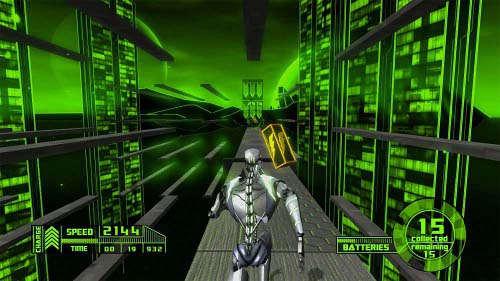
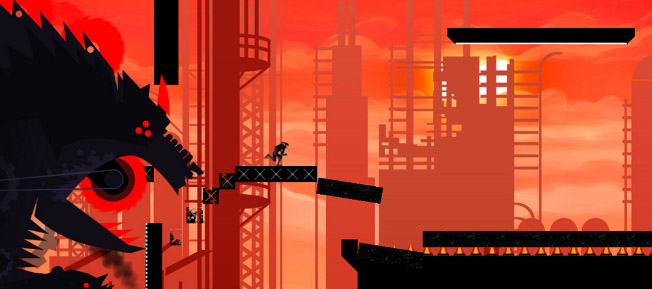
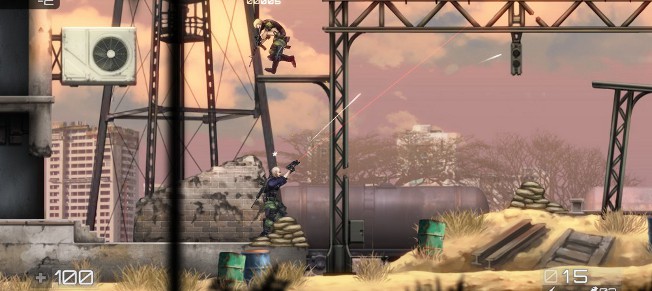
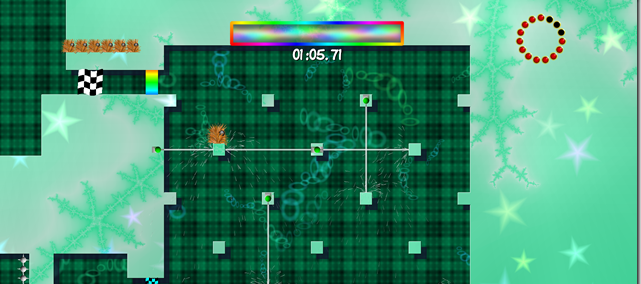
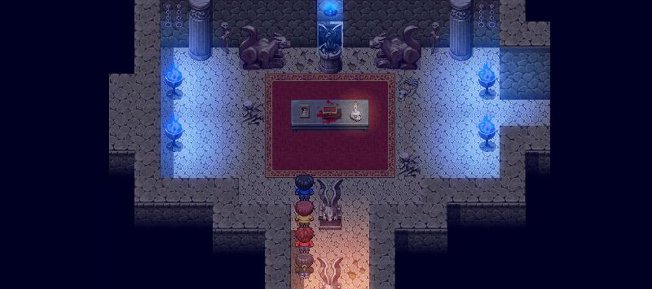
Trackbacks/Pingbacks
[...] playing Pixel I was reminded of my experiences playing T.E.C. 3001 during last year’s Indie Games Uprising even,t or the various titles in the Super Monkey [...]